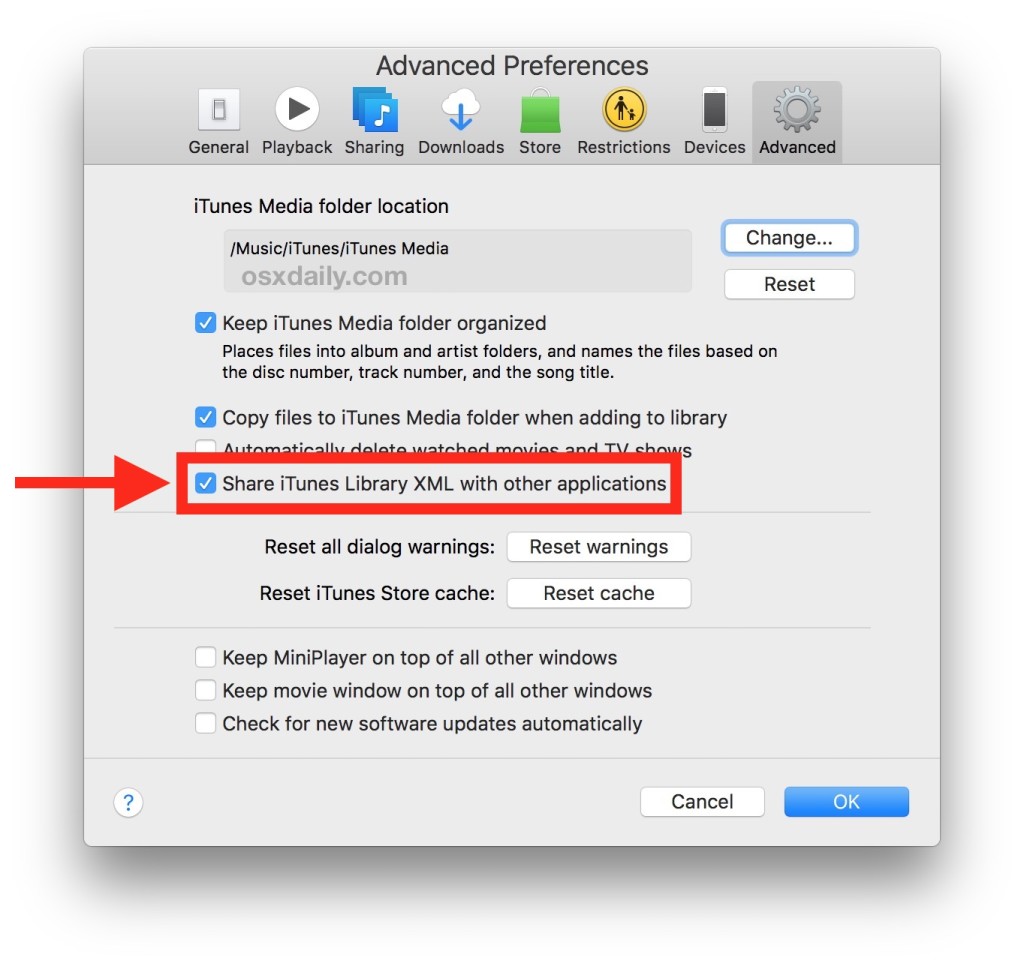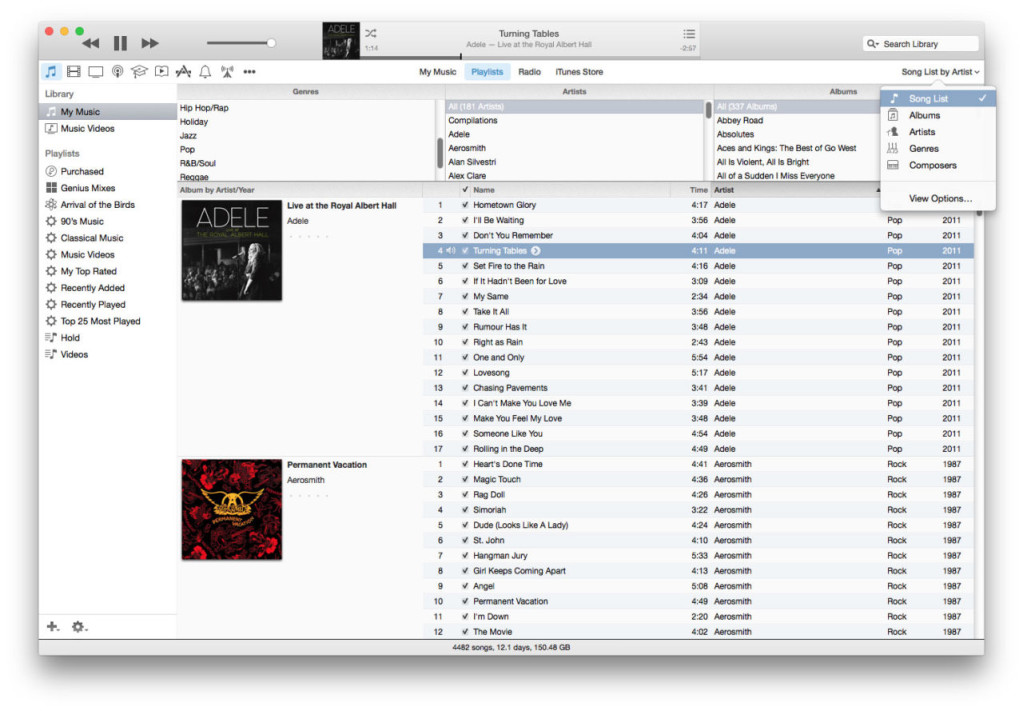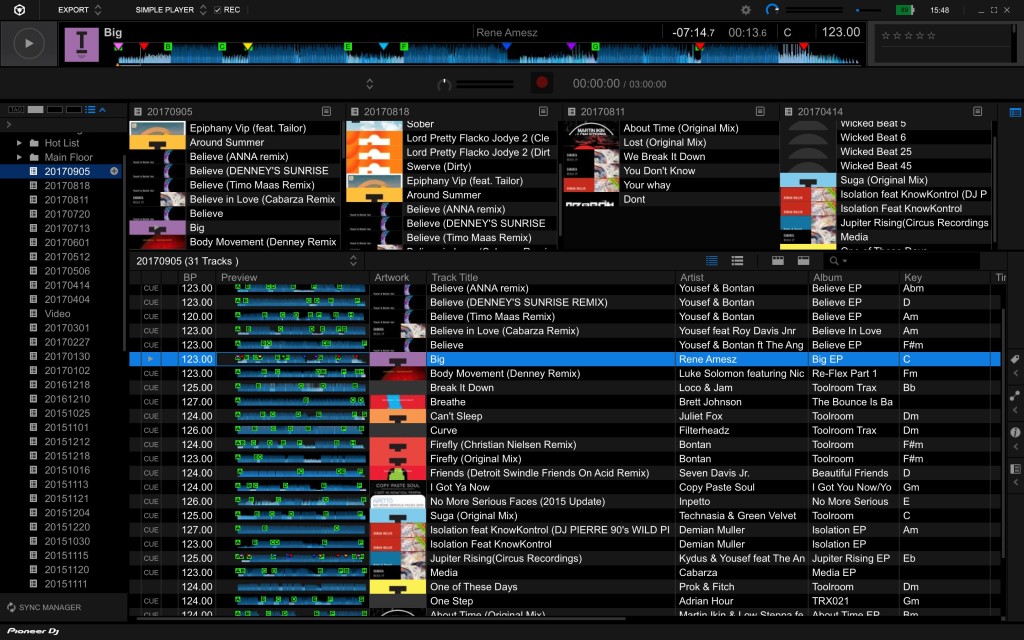Apple’s iTunes is not going away tomorrow, but the antiquated software seems to finally be approaching the end of the road. It’s long past time to talk about new solutions and new standards, for music lovers and DJs alike.
iTunes’ days are numbered
The logic runs something like this: even though Apple last year squashed rumors of the end of iTunes and iTunes downloads, it does nonetheless make sense that once the company migrates to a new music app, the old one will be deprecated.
In April, news leaked that the next major release of macOS was expected to unveil that new desktop software, at last. iTunes on Windows and Mac right now involves a bunch of tools that have since become more differentiated on iOS – Music, Podcasts, Books, and TV (for TV and Movies).
Multiple reports suggested Apple plans new standalone apps that will match the desktop experience to the iOS one – starting with a tweet by developer Steve Troughton-Smith.
I am now fairly confident based on evidence I don't wish to make public at this point that Apple is planning new (likely UIKit) Music, Podcasts, perhaps even Books, apps for macOS, to join the new TV app. I expect the four to be the next wave of Marzipan apps. Grain of salt, etc
— Steve Troughton-Smith (@stroughtonsmith) April 5, 2019
And sure enough, these reports also suggested that Apple would extend the use of a project code named Marzipan, meant to allow easy cross-platform development between iOS and macOS. We saw this in a sneak peak last year, and if you’ve updated to Mojave, apps like Apple News use the library now. (Troughton-Smith is an early adopter and advocate for Marzipan.)
I expect more news is coming in WWDC, but in the meantime, the leaks have been pretty clear. Guilherme Rambo reported on 9to5Mac that he could confirm the leaks:
I’ve been able to independently confirm that this is true. On top of that, I’ve been able to confirm with sources familiar with the development of the next major version of macOS – likely 10.15 – that the system will include standalone Music, Podcasts, and TV apps…
The new Music, Podcasts, and TV apps will be made using Marzipan, Apple’s new technology designed to facilitate the porting of iPad apps to the Mac without too many code changes.
The important point: iTunes won’t go away yet:
With the standalone versions of Apple’s media apps coming to the Mac, it’s natural to ask: what about iTunes in macOS 10.15? According to sources, the next major version of macOS will still include the iTunes app. Since Apple doesn’t have a new solution for manually syncing devices such as old iPods and iPhones with the Mac, it’s natural to keep iTunes around a little longer.
But I don’t think it’s too early to begin moving way from iTunes. And that would be a big step. iTunes is significant to two, key (overlapping) demographics: music lovers who retain downloaded music, and DJs using iTunes to manage libraries across other tools.
That has another implication, though: a lot of the current ecosystem around music is dependent on iTunes use and the XML-based iTunes media format for storing metadata and playlists. DJ tools depend on it – TRAKTOR, Serato, but even many Rekordbox users, who use Rekordbox for sync to USB sticks for CDJs, but still depend on iTunes for media management as they’re digging through new music. And in turn, many independent labels and indeed the whole health of downloads sales on sites like Bandcamp and Beatport also depend on people having a tool for management.
Why wait for the ship to be half sunk before heading for the lifeboats? iTunes might already be considered deprecated even if it is shipping in macOS 10.15. And you’d be forgiven for calling it a slow, clunky wreck right now – particularly on Windows.
Plus, the move to Marzipan tech and closer iOS and macOS development also would seem to presage a move of Mac computer hardware to the ARM platform – leaving iTunes in the Trashcan of history.
My guess is that it’s highly unlikely that the upcoming Music app will duplicate key features necessary for use by the DJ and enthusiast markets. That involves a whole lot of metadata editing, rating systems, playlist management, and media storage. Even if these features are duplicated, it also seems likely Apple would create a new file format – and there’s no real guarantee you’ll see a compatible app on Windows, ever (though I don’t know what Windows subscribers to Apple Music would do). These use cases also depend on specific file conversion and compatibility features – and iTunes was already deficient in lacking native support for formats like FLAC.
Oh yeah – and there’s the fact that iTunes XML, the file format that DJs and other enthusiasts use to make their library portable and compatible, is effectively already deprecated. You have to opt in now to share that file at all, which has left users of other dependent apps like Rekordbox and TRAKTOR in the dark about why compatibility suddenly broke. Any new Music app is likely to follow recent Apple protocol and keep the format proprietary.

Dude, where’s my XML? osxdaily have this fix.
For details on how to fix that:
With Music for macOS coming soon, legacy iTunes features will disappear or spread to iOS
More on Marzipan:
Three ways Apple’s own Marzipan apps can benefit macOS [Macworld]
Marzipan: What you need to know about iOS apps on the Mac
[iMore]
What could be next
A snarky retort from Troughton-Smith helps reveal that there are two audiences for music listening, casual and enthusiast. (I won’t say the word “pro” as even many major DJs have other day jobs; the point is passion for listening.)
womp womp. You still have your own stuff, in your own apps. Just not Apple's. But if you have a pirated content library in iTunes, the train is leaving the station and it's not onboard ?
— Steve Troughton-Smith (@stroughtonsmith) April 10, 2019
The enthusiast audience really needs new solutions.
Rekordbox could open up its format. Pioneer has already become the de facto standard in music management for DJs. The CDJ is, by far, the dominant player in clubs. Pioneer’s strategy so far has been to keep its ecosystem proprietary; it only recently began to even license its PRO DJ LINK synchronization tech, and the Rekordbox format has been constrained to its software and hardware, at least officially. But third-party tools have already reverse engineered the media management tools.
Providing open third-party access to Rekordbox management could actually encourage more new customers in the Pioneer ecosystem. Right now, because iTunes is often the bridge, the user experience is terrible – just as Pioneer needs to reach a new generation of emerging DJs who may not want to manage this format. And barring that –
Developers could band together to make a new format. If Pioneer aren’t interested in supporting others on their de facto standard, it could be a chance for other players to step in. Native Instruments failed to reach out to other DJ tool developers with STEMS; they could learn from that experience and work cooperatively with rivals like InMusic (Denon) and Serato. Or the community of music lovers could work on a new open toolset.
New music management could bridge between streaming and downloads. I’m sure a lot of people will see the move from iTunes to Music as a move to streaming – which is absolutely right. But, while this is a whole other topic, it seems what we need most is tools that give us cloud sync and streaming on-demand, but also help us manage offline files seamlessly.
I believe downloads will remain important, as people look for higher-resolution experiences, multichannel audio, and rich media.
There’s an opportunity for innovation. With software like VOX [Mac] or MediaMonkey, there have always been great third-party players. But they always had to compete with the ubiquitous iTunes, which included many serious/”pro” features. If “Music” goes in a more consumer-oriented, streaming-centric direction – which seems almost certain – it opens up an opportunity for those developers to win over abandoned iTunes users.
Watch for new tools for DJs. One exciting possibility for DJ file management is SpinTools, though it’s currently in a closed beta.
I also think it’s contingent on stores like Bandcamp and Beatport to provide better tools for managing music collections – and that doing so will increase sales. (Don’t get me started on Bandcamp, love it as I do. I wonder how many sales are lost because of the site’s draconian, manual download system.)
All of these things will take time. But I think that could make the twilight of iTunes a perfect time to get started.
Sidebar: some history
As an aside, I think it’s useful to know the history of iTunes for a sense of why it is as outmoded as it is – and why new directions could be possible in music management. By the late 90s, music players were essentially librarian and player tools for MP3s. This started with some really basic tools like the Fraunhofer Institute’s own WinPlay3, but also led to ground-breaking software like 1997’s Winamp – the work of Justin Frankel and Dmitry Boldyrev. (Frankel would go on to lead development on the Reaper DAW.)
iTunes began its life as an acquisition, Casady & Greene’s SoundJam MP. I actually bought a license of that software, and exploited its compatibility with a Diamond Rio MP3 player. (Apparently long-time tech journalist David Pogue, also an avid musician and whom I believe wrote the first-ever manual for the Finale music notation software, wrote the documentation for SoundJam MP, too.)
If you look at SoundJam MP, you see the core of iTunes as it’s used for music – player interface, playlists, playlist management. iTunes is significant in that it introduces the multi-pane display – something you see mirrored even in DJ apps – and more fluid file management.
Here’s how long ago 2001 was: Apple announced iTunes as the “World’s Best and Easiest To Use Jukebox Software.” Jukeboxes were still the devices most people knew when it came to large music management. There was even a custom jewel case printing tool for making pretty artwork for your mixes – anyone remember that? (Time flies. I recall actually making some of those.)
But if Apple nailed integrating its iPod player, then its store, iTunes really began to drift as it had to take on too many unrelated functions. There’s muddled media management for iOS devices, TV watching, radio, books, Apps management – and now a bunch of legacy Windows code that slows your machine down on that platform, while on the Mac iTunes just looks old and weak. And iTunes has been a place for various missteps and dead ends, from the Ping social media service to iMix.
iTunes 11 in 2012 was a highlight, with a graphical album view and mini player, but as the world moved on to streaming and away from downloads, music management fell into the shadows.
Check Macworld’s great 15 year history:
15 years of iTunes: A look at Apple’s media app and its influence on an industry
Wikipedia even devotes a whole page to this… strange fascination with the evolution of the world’s leading music, erm media player:
And for a visual evolution, a 2006 Engadget story has a decent overview:
But that’s why I think it is really possible for a fresh take. People still love music. They love buying and owning things. They love album artwork. And they still consume music in places with limited or no Internet, from clubs to lots of airplane flights – or at the very least, are willing to pay for “owning” digital content (think games, Adobe software, and even the fact that a lot of desirable movies aren’t on Netflix any more).
DJTechTools have a similar take, though while I look into the future and … sidetrack by going back to MacOS 9, Dan White focuses on avoiding upgrading to keep from breaking software. (I think that may actually not be an issue, because Apple are likely to keep bundling the legacy iTunes for backwards compatibility. But the downside there is, it may allow people to maintain a status quo that, frankly, kinda sucks.)




